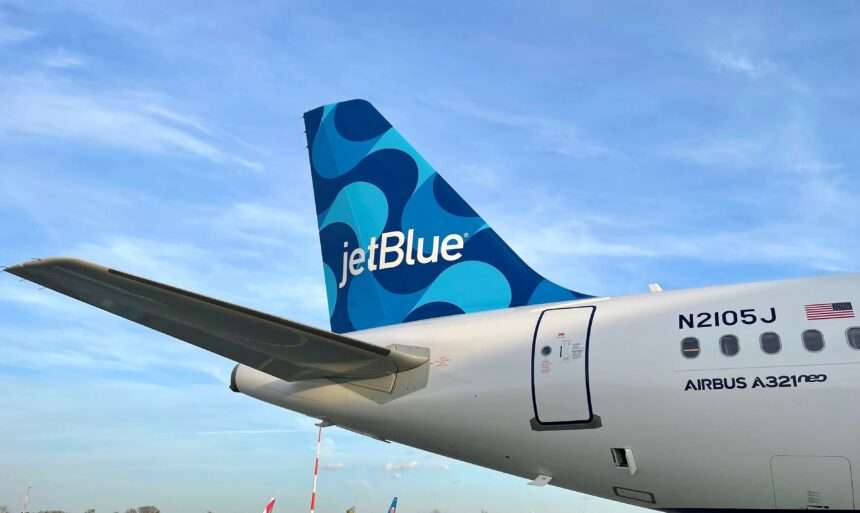As of 2025, passengers booking flights within the European Union (EU) will encounter a new dimension in their decision-making process: standardized information regarding the environmental impact of their chosen flights.
This revolutionary initiative, known as the Environmental Labelling Scheme, spearheaded by the European Union Aviation Safety Agency (EASA), is poised to change the way that air travelers perceive and select their flights.
Transparency for Sustainable Choices
As of 2025, when booking flights online, passengers will be able to see standardised information on the “carbon footprint” and “carbon efficiency” of flights in the European Union, along with an explanation of the result.
At its core, the Environmental Labelling Scheme aims to empower passengers with transparent and reliable data concerning the carbon footprint and carbon efficiency of flights.
This move towards transparency not only informs travelers but also aims to foster a sense of accountability within the aviation industry.

[monsterinsights_popular_posts_inline]

Maria Rueda, Director of Strategy and Safety Management at EASA, underscores the scheme’s significance, emphasizing its role in travel choice and selection.
“The labelling scheme will allow passengers to make sustainable choices when booking their flights, based on trusted information coming from an expert, but neutral, agency,” explains Reuda.
By leveraging data sourced directly from airlines, the scheme ensures accuracy and credibility in its assessments.
A Framework for Fair Competition
Beyond its benefits for passengers, the Environmental Labelling Scheme serves as a catalyst for fair competition within the aviation sector.
Airlines committed to sustainability efforts stand to gain recognition and a competitive edge in the market.
This framework incentivizes environmental stewardship while fostering a level playing field among industry players.
Voluntary Participation for Airlines
While participation in the Environmental Labelling Scheme is voluntary for airlines, its potential impact is far-reaching.
Airlines opting in commit to providing comprehensive flight data to EASA, enabling the calculation of carbon footprints and efficiency metrics.
This data, in turn, must be integrated into booking systems, ensuring accessibility to passengers during the flight selection process.
The journey towards implementing the Environmental Labelling Scheme is characterized by collaboration and engagement.
Workshops convened by EASA and the European Commission serve as platforms for dialogue, bringing together stakeholders from airlines, associations, and travel agencies.
Through open discourse and strategic planning, the aviation community is poised to embrace this paradigm shift towards sustainability.
Looking Ahead
As the preparatory phase unfolds throughout 2024, anticipation builds for the official launch of the Environmental Labelling Scheme in 2025.
With each milestone, the aviation industry moves closer to a future defined by transparency, accountability, and environmental stewardship.

Click the banner to subscribe to our weekly newsleter.

Click the photo to join our WhatsApp channel so then you can stay up to date with everything going on in the aviation industry!









